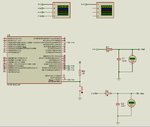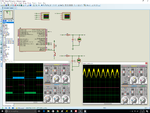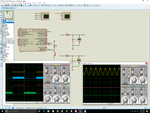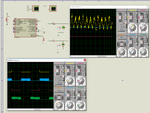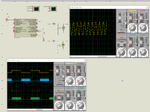- Joined
- Jan 22, 2008
- Messages
- 52,419
- Helped
- 14,749
- Reputation
- 29,780
- Reaction score
- 14,100
- Trophy points
- 1,393
- Location
- Bochum, Germany
- Activity points
- 298,094
Not suited as inrush current limiter. And very few types specified for 230 V.I am planning to use Littlefuse PPTC Resettable fuses.



